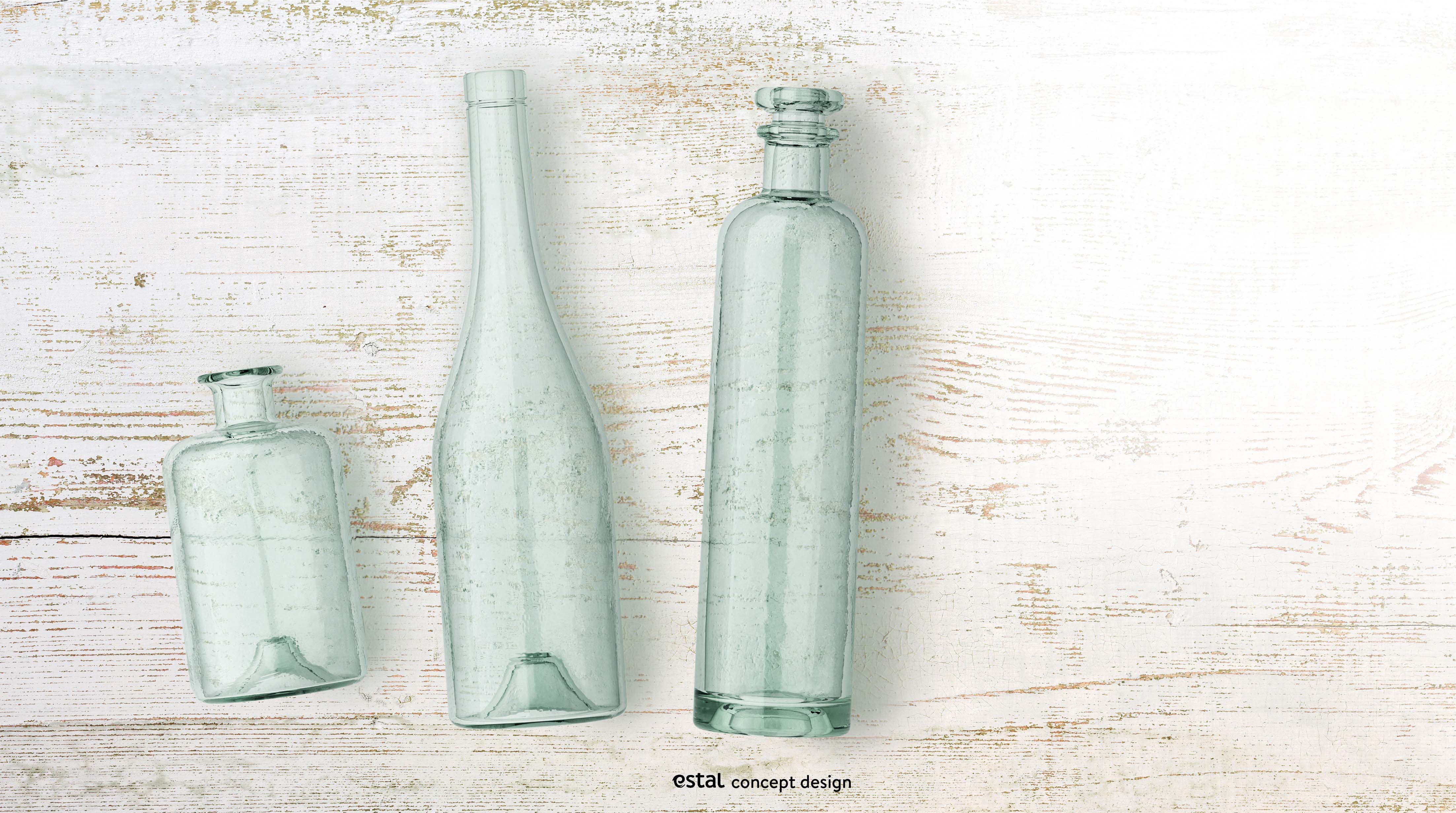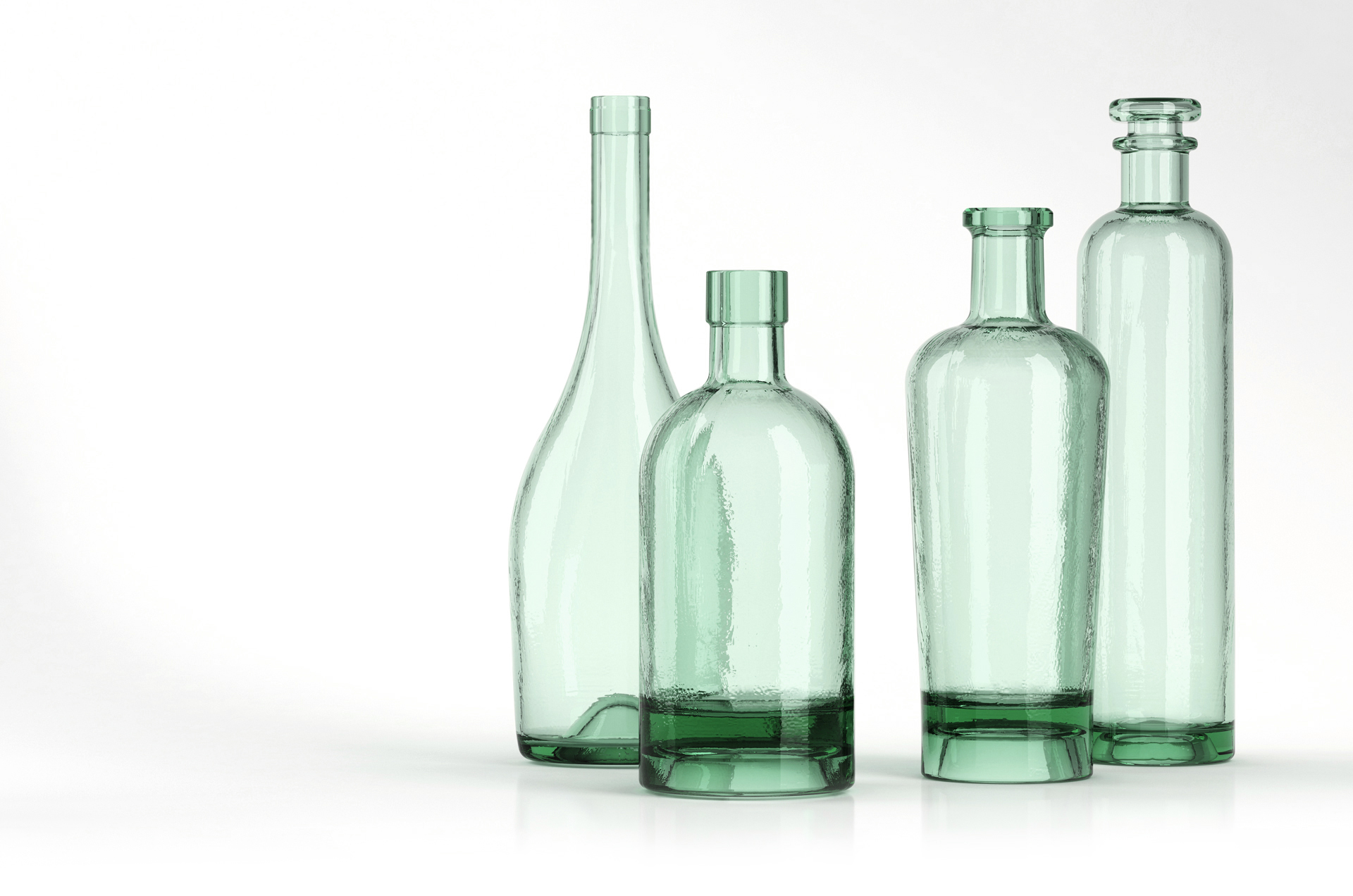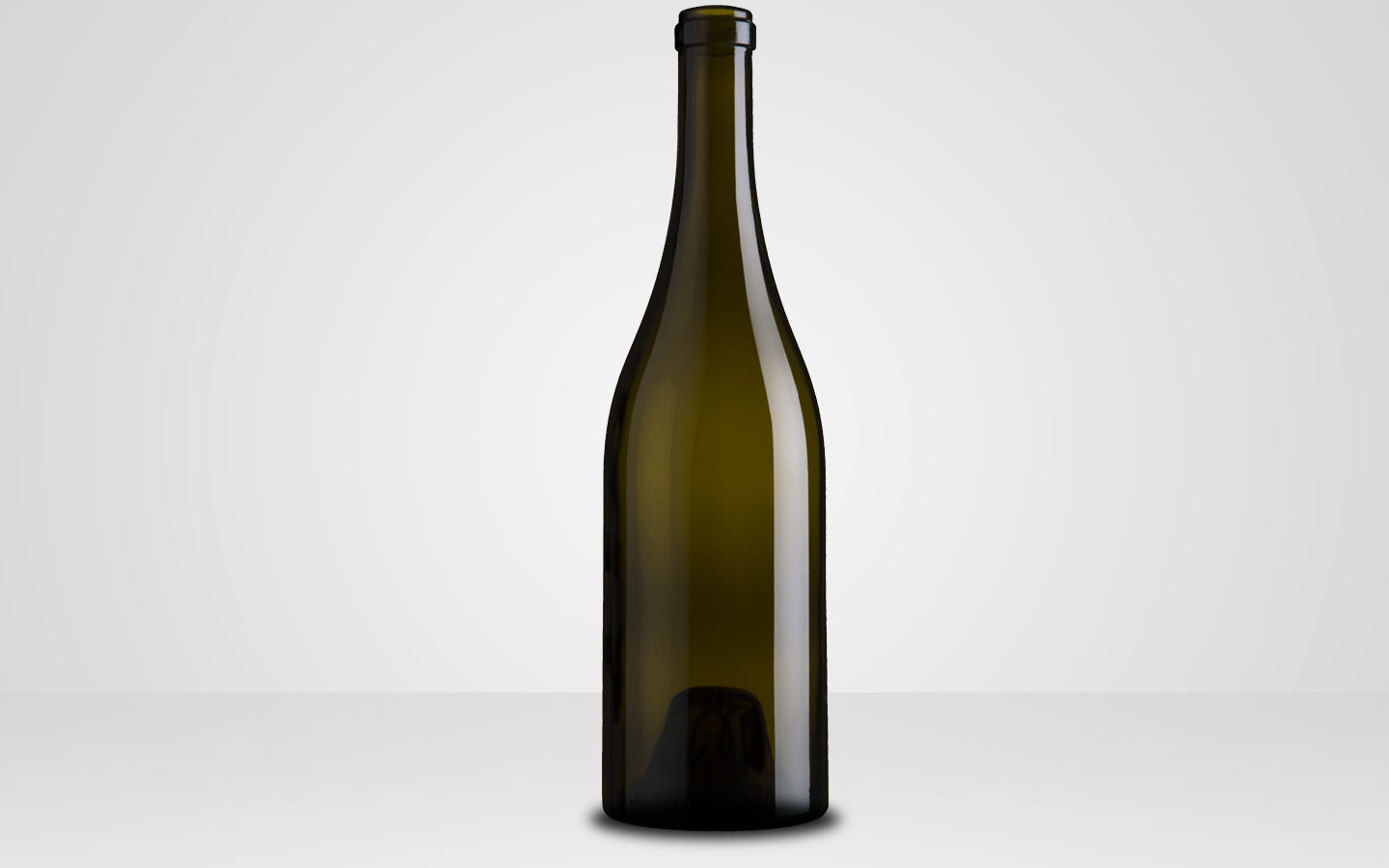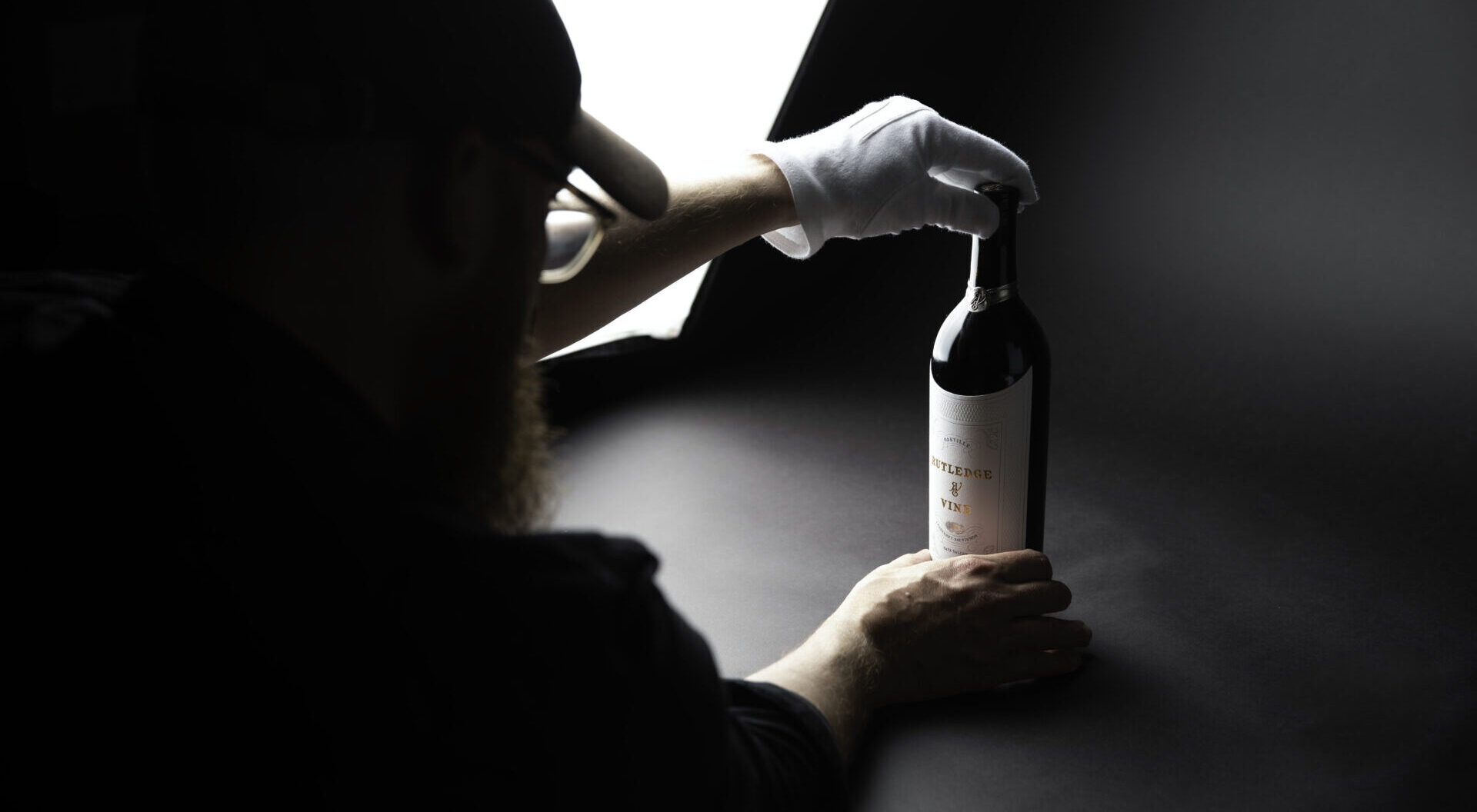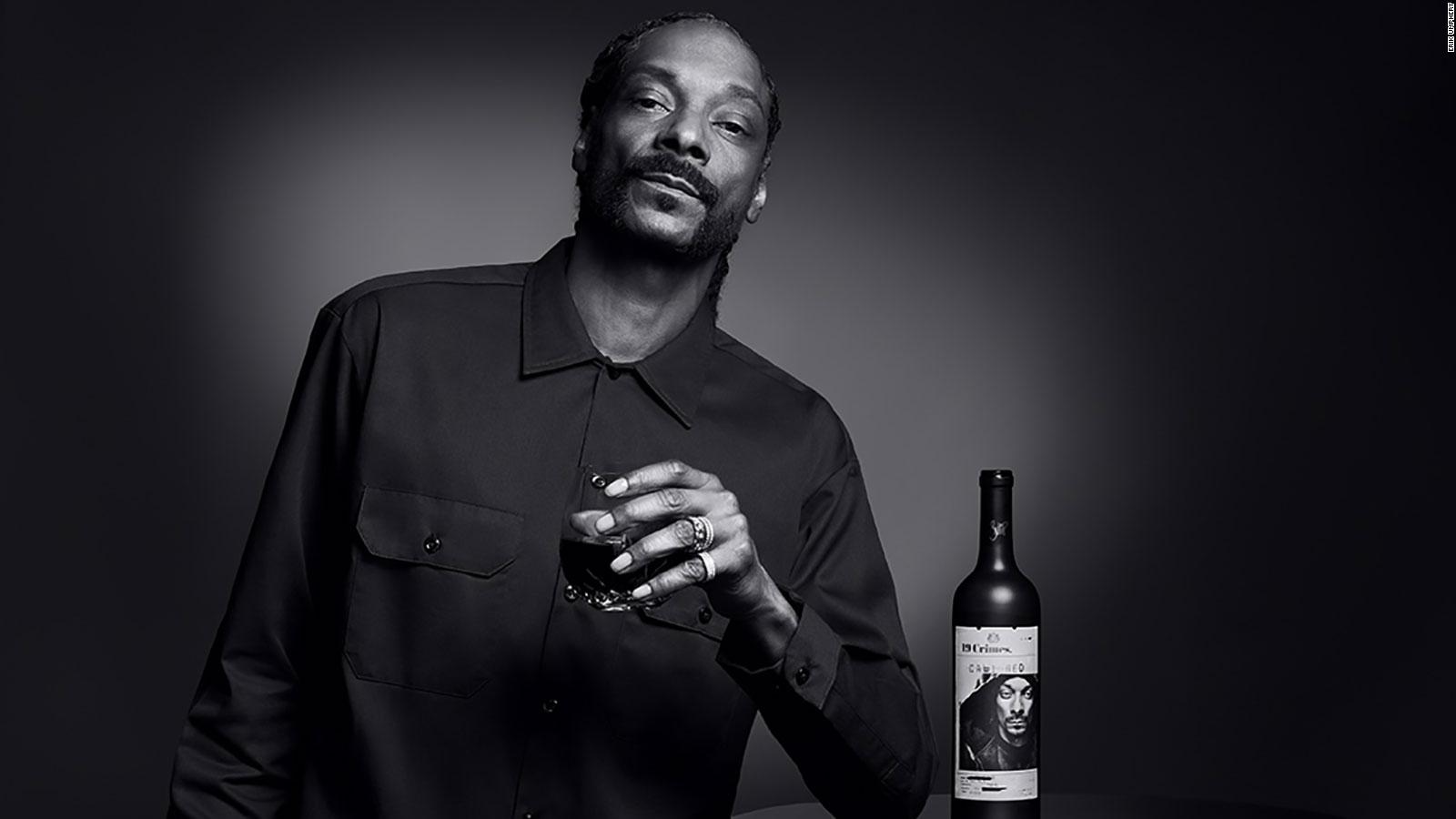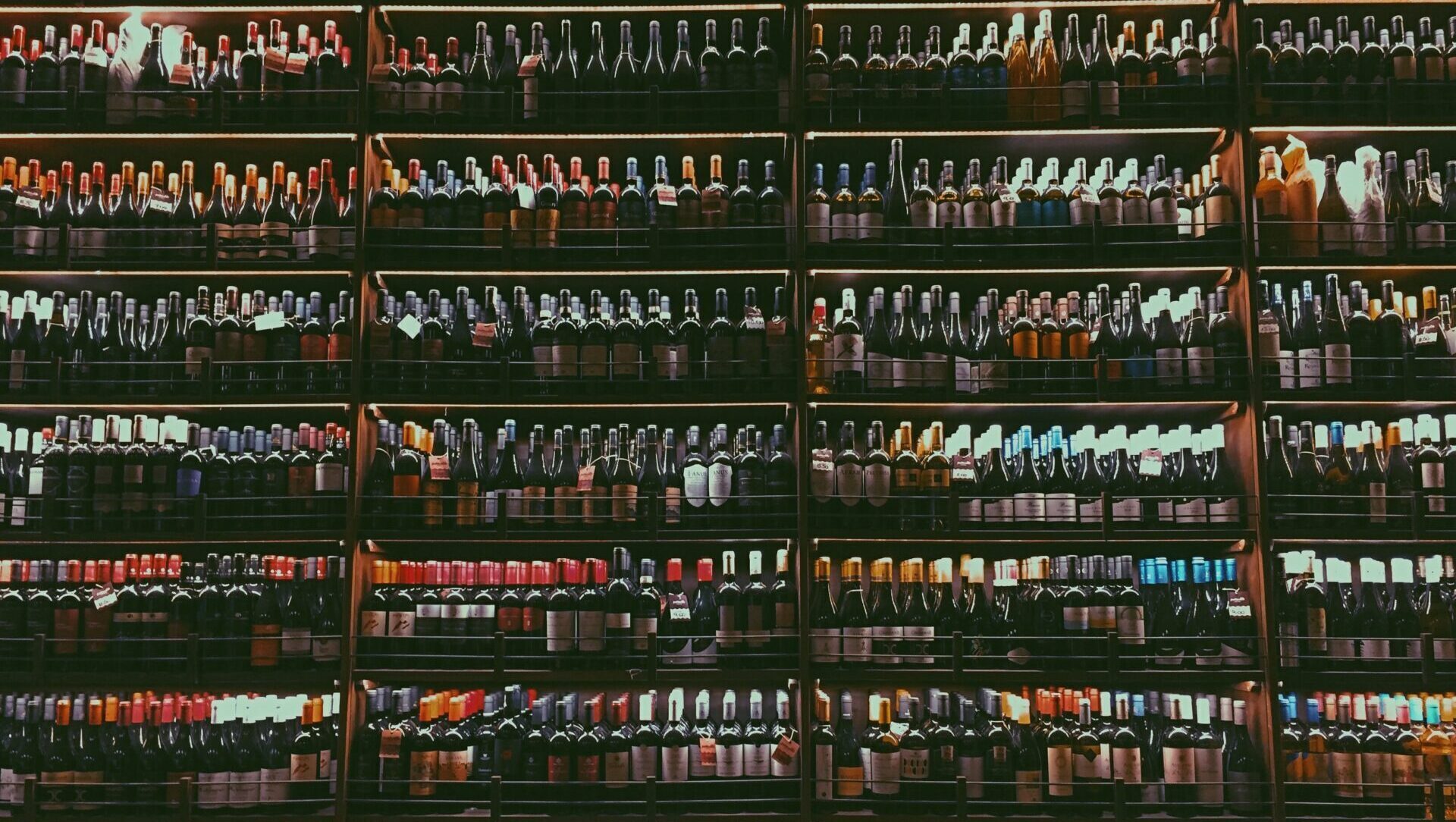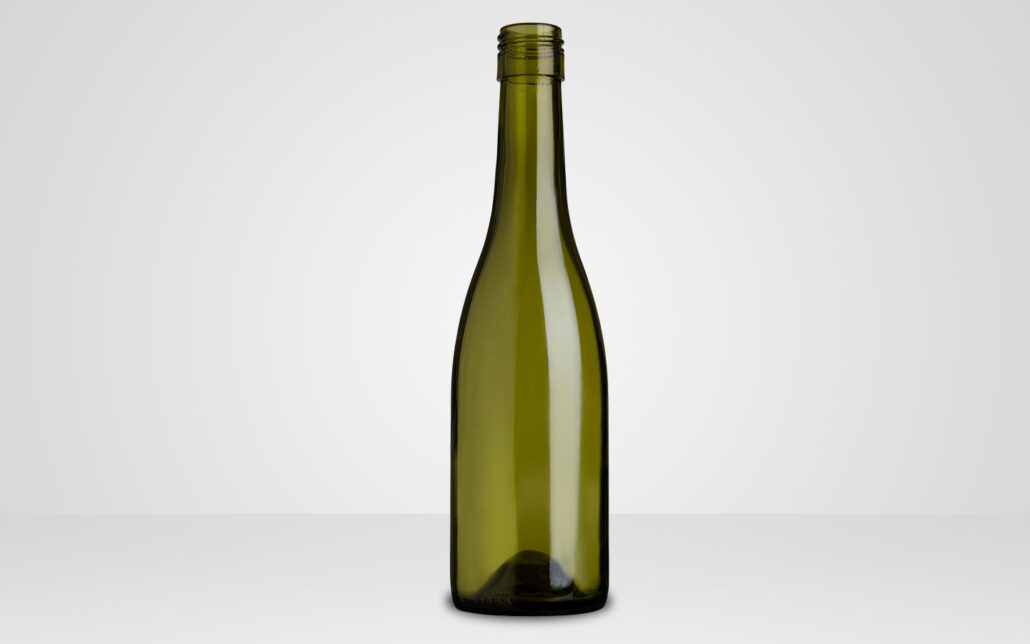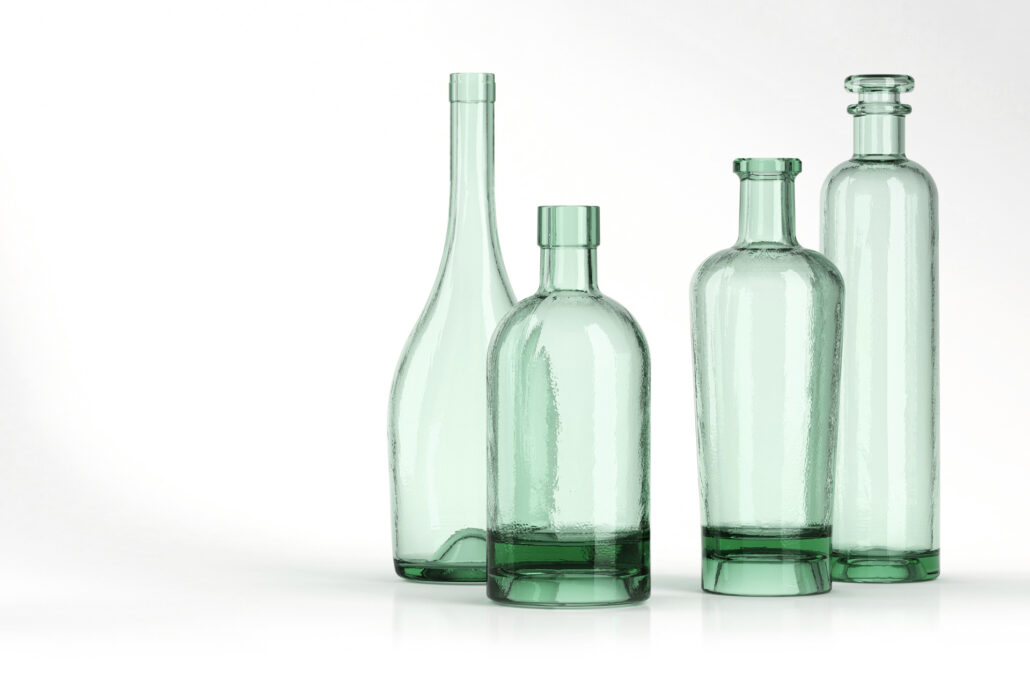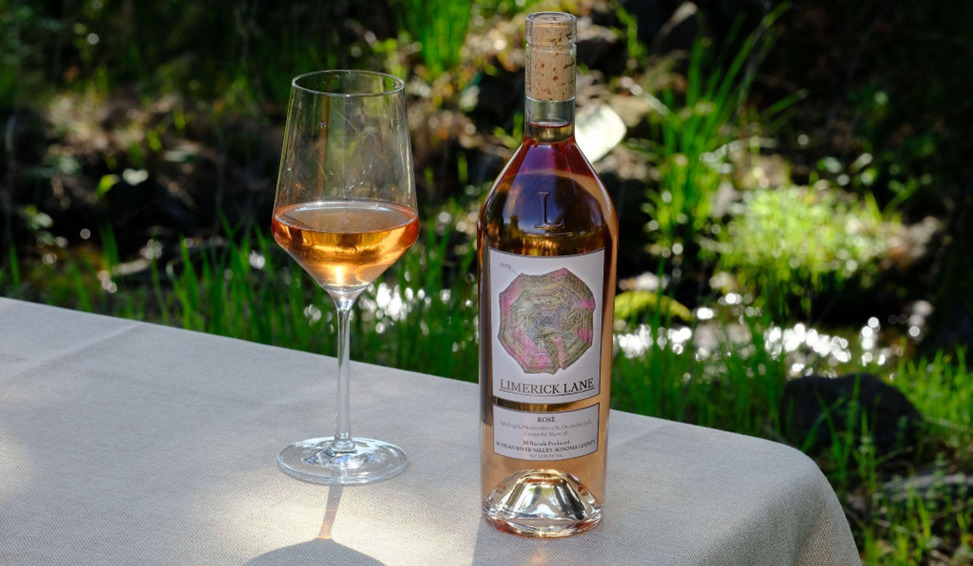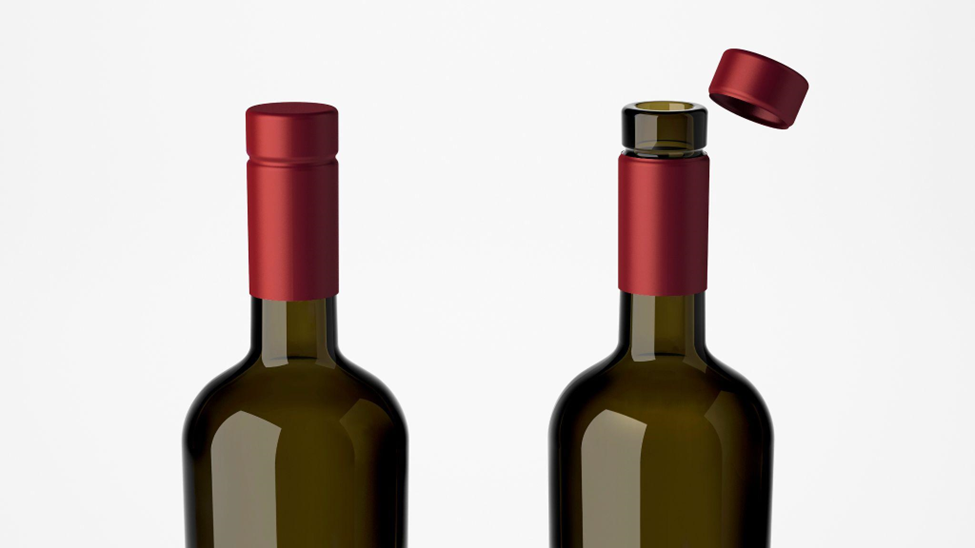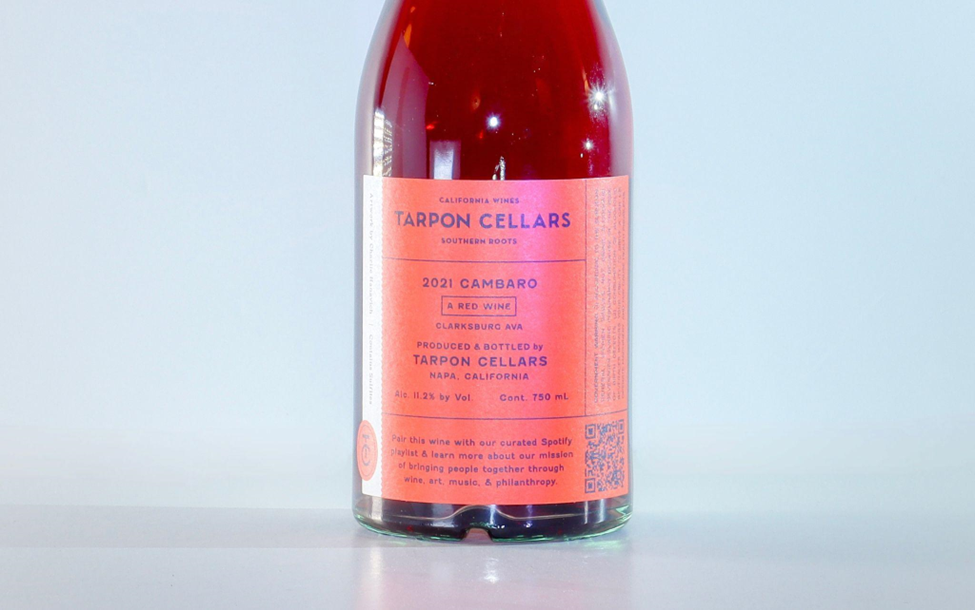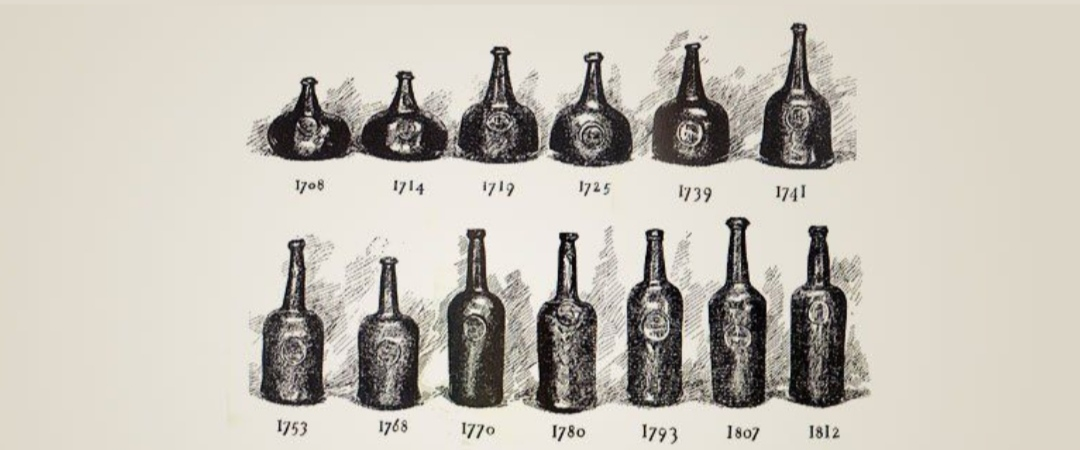Are You Ready For Sustainable Wine and Spirits Packaging?
Sustainability has become a core focus across every industry sector lately, but, as lovers of the traditional, the wine and spirit industries are behind the curve on implementing sustainable glass packaging.
According to the IWSR, 48% of American alcohol drinkers say that a company’s sustainability or environmental initiatives positively influences their purchasing decisions. Furthermore, according to a report by the global decision intelligence company, Morning Consult, 7 in 10 American adults would consider purchasing from a food and beverage brand that prioritizes sustainability, the highest share across all industries.
In the face of ongoing environmental concerns, a growing number of media stories have cited the need for our industry to find a more sustainable package solution. And the call is validated by consumer demands. We are seeing the emergence of a new category of wine consumer: the environmentally-conscious consumer, who is choosing wines and spirits based on the sustainability of the packaging, among other environmental cues.
Consumer demands and the societal importance of saving the environment go hand-in-hand but the benefits in the market definitively outweigh any potential cost-increase in glass.
Despite the relative importance of sustainability, at least 1 in 4 say they don’t know what makes food and beverage products sustainable, while at least 1 in 5 believe efficient, low-waste packaging makes a product sustainable.
What makes glass packaging sustainable?
There are many different elements that comprise a sustainable wine or spirit: sustainable agriculture, reducing the carbon footprint, and conserving energy usage throughout your supply chain. But there is another obvious element that goes into creating a truly sustainable product: using a more environmentally-friendly glass packaging.
According to a California Wine Institute study in 2020, the glass packaging of a wine contributes to over 50% of the entire carbon footprint of a wine product. Of that, nearly a third of the carbon footprint of a bottle of wine is linked to the packaging and shipment of the bottle, and the remaining two thirds is linked to the manufacturing process to craft traditional glass bottles (no recycled glass).
Glass uses high levels of greenhouse gasses in its production, however, it is endlessly recyclable and never compromises in quality no matter how many times it gets recycled.
On the manufacturing front, it takes 1.18 tons of raw material to produce one ton of glass. Cullet, which is recycled glass, can be added in varying amounts to decrease these raw materials. Recycled cullet is critical to reduce raw material use, pollutants, and even transportation costs. Our Wild Glass™ bottles are comprised of almost 100% cullet recycled glass, thus making them the most sustainable bottles on the market.
Glass weight is a top consideration when it comes to shipping, storing, and displaying wine bottles. Our Elegant Light™ bottles are made with less glass and, thus, are lighter weight, resulting in reductions in carbon emissions and considerable savings in transportation costs. In fact, they are up to 20% less expensive to ship than standard bottles.
In addition, we’ve found that it’s 10 times more efficient to transport products via water than by overland trucking and 17 times more efficient than by airfreight.
Global Package’s Sustainable Collections
Global Package LLC, has a long history of working with glass manufacturing partners around the world who are leading efforts in sustainability. Striving to be among those who led efforts in easing the environmental concerns of our industry, we have developed our own innovations in glass manufacturing.
Global Package is well known for both our distinctive 100% recycled Wild Glass™ bottles sourced from our Spanish supply partner, Estal, and our lighter-weight Elegant Light™ line of bottles, produced exclusively by Global Package. We also stock bottles locally which reduces the transportation costs and reduces the carbon footprint of the shipping process.
Using recycled materials, lightweight bottles, and having shorter import distances, can all work towards reducing a wine and spirits packaging environmental impact. Our three bottle ranges listed below can achieve all three.

Specialty Wild Glass
The company’s beautiful and sustainable Wild Glass™ line of bottles has become widely popular in the US and international market. 100% of the Wild Glass material is Post Consumer Recycled (PCR) glass or cullet glass and its production method reduces energy use and CO2 emissions.
These bottles are 100% recycled glass bottles that are one-of-a-kind, since slight imperfections in the natural formation of the glass are allowed to remain, while retaining all the manufacturing positives of automated glass, much like organic handmade art.
This results in fewer discards (from 25% to 10%), since the cosmetic (aesthetic) defects are accepted as part of the organic beauty of the glass, so less glass is wasted. All Wild Glass bottles retain the manufacturing standard and structurally soundness of traditional bottles yet, no bottles are discarded for having aesthetic defects. This means that bottles that would usually be classified as rejects, are used and celebrated. This efficiency creates a more sustainable supply chain.
Estal, Global Package’s Spanish supply partner, is a leader in innovative bottle design and sustainable wine glass production. We helped introduce Estal’s Wild Glass line of 100% sustainable “real cycled” glass bottles to the North American market a few years ago.
Explore our collection of Wild Glass by Estal today.

Elegant Light Line
Addressing environmental concerns, Global Package has in stock the full line of Elegant Light™ bottles, lighter weight bottles that result in more economical and ecological shipping, and which come in the full range of classical shapes and colors.
Our Elegant Light Line™ collection includes bottles for both wine and spirits, and were created to be both functional and beautiful. The innovative bottle design is lighter than a standard glass bottle, without compromising the integrity and intrinsic elegance of traditional glass bottles. The range is influenced by European design, while harnessing intelligent and innovative design of manufacturing lightweight bottles.
Pictured below is our BG SM Essentia. Explore our Elegant Light Line™ collection for wine here, and for spirits here.

Local Stock Bottles
At Global Package, we have local stock bottles held across our extensive network of warehouses in California, Oregon, and North Carolina. This gives you easy access to our attractive range of wine and spirit bottles, with ample quantities available to suit your particular needs.
We hold a large variety of domestic bottles, which limits the freight distance, thus limits the carbon footprint attached to the bottles.
Our Cassiope design for spirits is pictured below. Read more about our local stock collection for wines and spirits.

The Estal Corkcoal
We partner with Spanish company Estal, who are leaders in innovation and sustainability. Estal have recently launched the Corkcoal – a cork mixed with activated charcoal, utilizing two materials from natural and renewable sources.
Searching for the most sustainable stopper for spirit bottles, Estal innovated including activated charcoal, which naturally neutralizes the undesirable substances in cork.
Key sustainability benefits to this closure include decreased waste, reduced carbon footprint and the production of the closure requires fewer washes and no chemical bleaches.
Beyond the positive environmental impact, this also has significant functional benefits to your spirits. It eliminates TCA from the cork, which traps and neutralizes it completely. This is an unprecedented achievement.
Read more about the Corkcoal from our supplier, Estal.

What is PCR Glass?
PCR, which stands for post-consumer recycled content, means it is reclaimed from the end-user then crushed, melted down and used again. (Other recycled content in glass comes from broken or reclaimed scrap within the glass manufacturing process itself.)
The glass recycling cycle can be repeated endlessly without damage to the end product. That makes glass a so-called permanent material, unlike plastic whose recycle life has limitations.
Post-consumer recycled or PCR glass is made from cullet, which is the powder resulting from crushed glass collected in recycling programs. Cullet gets mixed with the raw materials of glass (silica sand, sodium carbonate, calcium oxide derived from limestone, and lesser amounts of other minerals) in varying percentages, which then is melted and molded into new products.
The higher the percentage of PCR glass, the greater the reduction of environmental impact. An analysis by FEVE, the European Container Glass Federation, found:
- 2 tons of raw material are saved for every 1 ton of cullet used to produce glass.
- Every 10% increase in cullet reduces energy consumption by 2.5%.
- Cullet improves glass quality. Melting cullet does not release CO2 or carbon dioxide, thus the glass avoids having bubbles, crystals and streaking associated with high-temperature virgin glass production.

What is Greenwashing and Why Should I Be Aware of It?
There are many gaps to solve in the packaging problem: only 19% of consumers have “a lot” of trust in the industry to do what’s right, and just over a quarter said they don’t know what makes a food or beverage product sustainable.
Greenwashing is when companies overrepresent the extent that their products, services, or practices are environmentally-friendly, sustainable, or ethical. It results in a false or misleading impression that the consumer has about the company, making the consumer believe the company is environmentally sustainable when they are perhaps not.
With our product developments and research into environmentally-friendly practices, you can be certain the information is 100% representative of your sustainability efforts.
Sustainability at Global Package:
Global Package maintains long-standing relations with factories around the world, including numerous European partners, providing custom bottles for the premium and ultra-premium markets at very good pricing, as well as stocking a wide selection of domestic bottles. Global Package offers a number of packaging solutions that addresses the needs of the wine and spirits industries, including sustainability.
Lighter weights, less money spent on glass, less shipping costs, less carbon dioxide produced in manufacturing, due to recycled glass and lowered glass weight per bottle. Glass bottle packaging has achieved something no other industry has, affordable methods to combat climate change without hurting the market, and Global Package is at the forefront of eco-friendly, sustainable glass packaging.
We have a comprehensive portfolio of sustainable wine and spirits packaging so we can meet both your budget and expectations. Located conveniently in California, United States, with warehouses across the States and the globe, we assist both local and international brands. Get in touch with our experienced team for your next packaging project.
Global Package will be attending the Napa Rise Waste Prevention & Supply Chain Event on April 12.
Sources
https://go.morningconsult.com/rs/850-TAA-511/images/Sustainability-Report-Food-Bev.pdf
https://www.sustainablewinegrowing.org/docs/California_Wine_Executive_Summary.pdf
https://www.winemag.com/2022/04/18/sustainable-wine-packaging/
